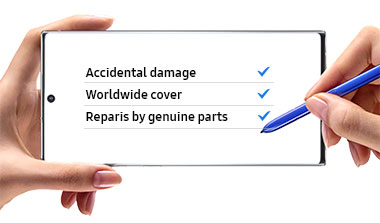Harap pindai Kode QR dengan perangkat mobile Anda, dan letakkan gambar produk di tempat yang diinginkan.
Beli langsung. Dapat lebih banyak.
🗓️ Terbaru: 2025-10-21
Halaman ini dibuat untuk memberikan gambaran jelas mengenai akses slot gacor viral melalui WAK5000 . Fokus utamanya adalah membantu pengguna memahami cara login, memilih permainan, serta mengenali fitur penting yang tersedia di dalam platform. Informasi ini sangat berguna terutama bagi pemain baru yang ingin masuk ke permainan secara cepat dan aman.
Dalam platform WAK5000, setiap game slot ditempatkan ke dalam kategori yang mudah dipahami. Navigasinya sengaja dirancang sederhana sehingga pengguna dapat langsung menemukan permainan populer seperti slot online, slot gacor, jam bermain yang stabil, hingga rekomendasi pola permainan yang sering dipakai pemain lain.
Pada bagian permainan slot, WAK5000 menampilkan menu khusus yang berisi daftar game dengan ikon, rating, dan jalur masuk permainan. Penyusunan seperti ini membuat pemain lebih mudah melihat pilihan game tanpa harus memuat banyak halaman secara berulang. Untuk pemain yang membutuhkan referensi tambahan tentang cara kerja mesin slot, dapat membaca informasi eksternal seperti penjelasan dasar slot machine di Wikipedia.
Struktur antarmuka WAK5000 dibuat konsisten di setiap halaman. Header, menu utama, serta bagian informasi ditempatkan pada posisi yang sama di seluruh halaman permainan. Pendekatan ini memberikan pengalaman navigasi yang nyaman, karena pengguna tidak perlu beradaptasi ulang setiap kali membuka menu baru. Jika ingin memahami perkembangan teknologi game modern, Anda juga bisa mempelajari artikel gaming dari BBC Technology sebagai sumber referensi tambahan.
Untuk pemain yang mengincar slot gacor, WAK5000 menyediakan beberapa rute cepat melalui kategori seperti info pola slot dan jam gacor harian. Informasi tersebut biasanya diperbarui mengikuti tren permainan yang sedang naik daun, membantu pengguna meningkatkan peluang menang.
Dengan rangkuman ini, pemain mendapatkan gambaran lengkap mengenai cara kerja halaman, sistem navigasi, dan struktur permainan dalam WAK5000. Tujuannya sederhana yaitu memberikan pengalaman bermain yang lebih mudah dipahami, tanpa harus menelusuri halaman secara acak. Jika diperlukan, pengguna juga bisa masuk langsung melalui link login resmi WAK5000 yang telah disediakan pada halaman utama.






























